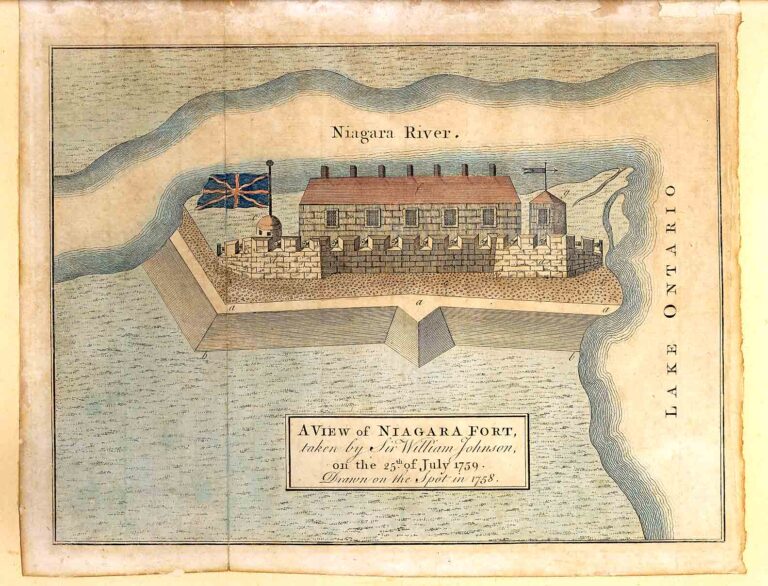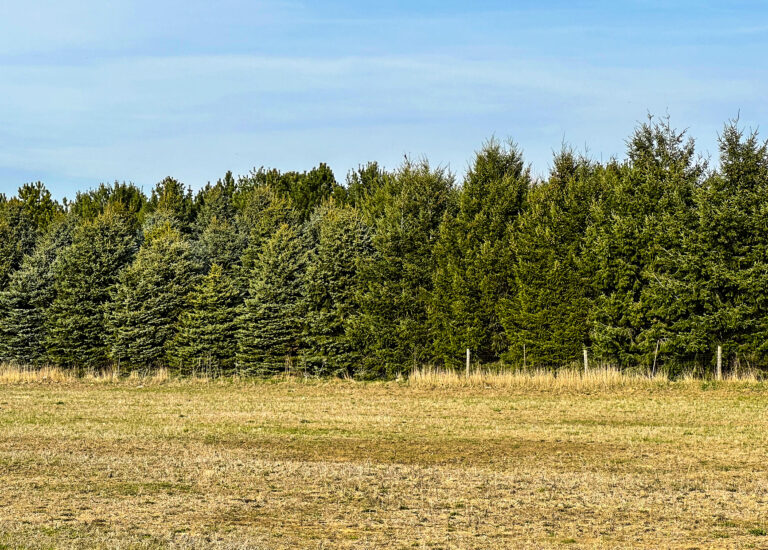As we approach Remembrance Day, it is only fitting that the story of Stanley Byfield be told – a young man, like millions of others, who joined the Canadian Army during the First World War to fight for the freedoms that we all enjoy today.
On Aug. 4, 1914, Britain declared war on Germany and Canada had officially entered the First World War. The rallying call went out across Canada with the hope that 25,000 men would volunteer. A new training facility in Valcartier, Que., was hastily set up and by Sept. 3, 1914, over 33,000 volunteers were billeted in the new camp.
Unemployment in Canada had been very high prior to the First World War so many young men signed up for what many thought would be the adventure of war. Little did they realize the horrors that awaited them in the trenches of Europe.
With just three weeks of training, the first Canadian contingent of soldiers set sail for England on Oct. 3, 1914.
Many men, though, held back from volunteering at first. They were needed in the factories and in the fields, farming. Without munitions and food a country does not survive a war. However the pressures to volunteer were great, with women handing out the “white feather of cowardice” to any able-bodied man they spotted walking the streets.
Stanley Byfield, was just a simple farmer from the London, Ont., area. Farmers were needed but with the pressure of friends and family going to war, he finally enlisted in October 1915 at the age of 21.
Unlike the first wave of Canadian volunteers, his training was a bit more extensive before he was shipped over to England several months later.
By July of 1916, Byfield was with the 70th Overseas Battalion of the Canadian Expeditionary Force, where he was found serving at the Battle of the Somme with the 5th Canadian Mounted Regiment, 24 Battalion.
He wasn’t there long when he suffered multiple shrapnel wounds to his hands and arms. As well, he was shot, with the bullet lodging behind his heart. Byfield was sent back to England, where he spent 99 days recovering from his wounds.
In November 1916, having recovered from these wounds, Byfield was sent back into the war, back to the trenches, back to the Battle of the Somme.
Just 16 days after returning to the front, he was wounded again. This time he was hit in the left shoulder, hand and arm. Back to England he was sent to recover from his wounds. He spent 53 days in the hospital this time.
However, once he was healthy, he was not sent home but back to the trenches where men were desperately needed.
Prime Minister Robert Borden (1911-20) had pledged to send 500,000 Canadian soldiers overseas in the First World War. From a small population of just over eight million in Canada, this was a very difficult promise to keep. By December 1915 only 330,000 Canadian soldiers were in the war. Thus all soldiers who were wounded, but had recovered were sent back to the front.
The war raged on through 1917. Byfield would have been in several battles throughout the first half of this year.
The Battle of Arras was from April 9 to May 16, 1917. Part of this same offensive was the Battle of Vimy Ridge, from April 9 to April 12, 1917, where four Canadian battalions proved that Canada was a fighting power not to be taken lightly.
Then from July 21 to Nov. 10, 1917, the Battle of Passchendaele was fought. Byfield was with the Canadian battalions in this offensive as well.
In October 1917, Byfield was injured for a third time. He was buried alive when an exploding shell fell near the trench he was in. He survived, but barely.
Byfield was sent back to England yet again to recover, but this time he was deemed unfit for duty. The term used was “shell shock,” coined by Medical Officer Charles Myers in 1917. He determined that this condition was caused by being buried alive or having suffered through heavy bombardment. Today, it is known as post traumatic stress disorder (PTSD)
Byfield was one of the lucky men to have survived the First World War and return home.
On his return to Canada, Byfield tried to fit back into civilian life here in Niagara-on-the-Lake. However, like many others, he suffered for years from the effects of war.
He died on Oct. 11, 1961, at the age of 67 and is buried in the cemetery at St. Andrew's Presbyterian Church in Niagara-on-the-Lake.
By the end of the First World War, Canada had 619,636 enlisted men in the war. Of those, 61,000 were killed, 172,000 were wounded and just over 9,000 men were documented to have shell shock.
May they all rest in peace as we remember their valour, their strength and their willingness to die for our beautiful country – Canada.
* I wish to thank Stephen Steele for his research on Stanley Byfield and for permitting me to tell Byfield's story.











